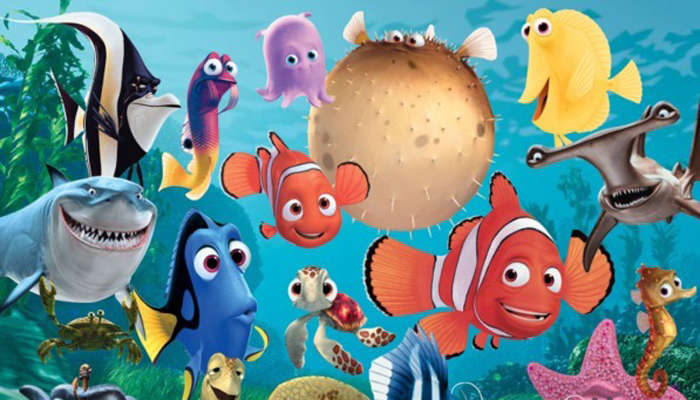The metaverse is a space that collates the past, present and future with the assistance of technologies such as artificial intelligence, augmented reality and virtual reality.
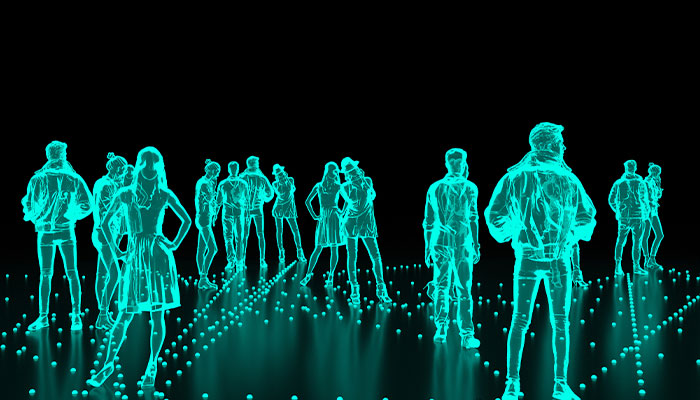
New senses: The metaverse is all about the rendering and projection of image, with sound enhancing the experience.
It is an evolving lifestyle that goes beyond what we currently have with computers and phones. Think in terms of breaking away from those small screens and using other technologies to interact with the world. The metaverse is the next generation of the Internet, and a place of greater connection.
One of the key things we get from virtual reality is immersion and interactivity – the opportunity to be in a different place, in a different time.
We engage at an emotional level whether something is real or not. It’s about that sense of presence, of being right there. That notion of presence comes from plays, poetry and drama. We can also become fully immersed in the pages of a book and the characters we cry with and laugh at. The metaverse is an extension of that.
Virtual worlds in the metaverse will be persistent: visit Korea for the weekend or safari in Africa.
Virtual reality technology enabled by haptic technology (the experience of touch by applying forces, vibrations or motion) will allow grandparents separated by, say, travel restrictions, to feel a grandchild on their lap, experience a kiss on the cheek, feel a hug.
Virtual reality is also helping people to gain empathy. With a headset on, you can see the world through the eyes of a refugee, feel what it’s like to be a five-year-old starting school, in the safety of the classroom take a virtual field trip to investigate why creatures are dying, feel the lived experience of a young female slave in ancient Greece.
Another schooner for the hologram
Virtual worlds in the metaverse will be persistent: visit Korea for the weekend or safari in Africa. Pick the time period and who will join you. Will there be ways to participate in Friday afternoon drinks with colleagues from home where you are baby-sitting? Will they leave space at the bar for your hologram, perhaps?
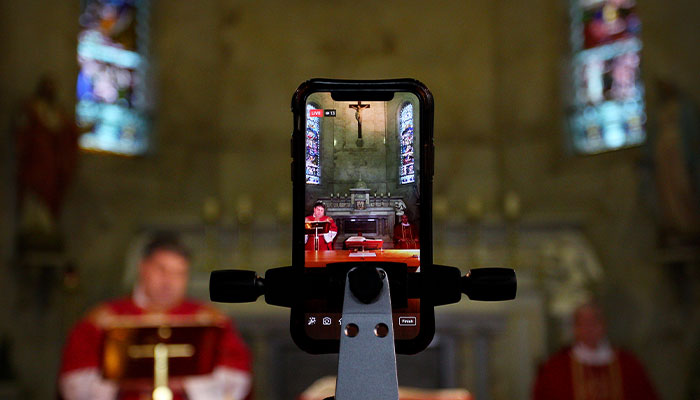
New realities: The elderly might be the metaverse trailblazers ... after churches went online during lockdown, many older people decided to stay online once restriction eased.
The metaverse is all about the rendering and projection of image, with sound enhancing the experience.
In the metaverse, expect more sensors. These will change our daily lives. A friend might be alerted to the fact that you have arrived home and check in to ask what you’re having for dinner.
Also expect to use more of your senses. Cook a meal together with a friend in a different part of the world and let them taste from the spoon. Maybe you’ll smell garlic when your Mediterranean friend is asking for a catch-up or roses when your mum wants to chat.
Trust me, I’m a doctor…
It is also about understanding the gaps we have and how technology can improve our lives without replacing humans. For example, in the health sphere.
We are developing what are called virtual humans or intelligent virtual agents, using them to help, for example, people who are on long waiting lists for treatment of non-life-threatening health issues such as incontinence and sleep disorders and for self-management after stroke.
We might converse (virtually) face to face with an avatar (a digital representation of, say, a doctor) who talks the patient through treatment options, checking in every day to see how they are managing.
The avatar we added to the eADVICE website for paediatric incontinence, for example, changed adherence from 50 per cent to 88 per cent, one-third of the families subsequently not needing to see a specialist. This kind of innovation is focused on empowerment.
Does my bum look big in this?
Different industries are engaging with the metaverse in different ways. Fashion is finding ways of 'trying on' digitally, 'placing' luxury products on gaming platforms, and sending influencers digital clothing.
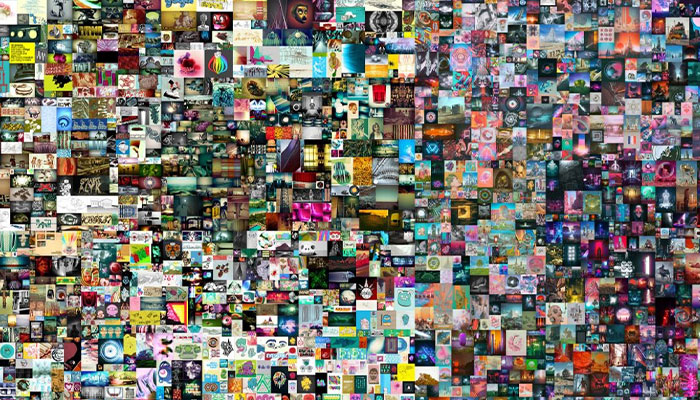
New visions: The nonfungible token, by the artist Beeple, sold by Christie's this year for $US69 million.
Earlier this year, Christie's auction house sold its first purely digital artwork for a record $US69 million, the highest price paid for a nonfungible token (NFT), a unique string of code. The piece has no physical presence and is delivered directly from the artist to the buyer, encrypted with the artist’s unforgeable signature.
The metaverse isn’t just limited to virtual spaces. Through technologies such as 3D printing you can literally bring the virtual to life and re-create assets as diverse as machinery from our industrial heritage to Egyptian artefacts, bring the extinct dodo back to life, or contribute to plant research.
The metaverse is not without its ethical concerns, such as the risk of losing touch with reality, blurring the lines between what’s real and what’s artificial.
While the gaming industry has pioneered much of the entertainment and technology in the metaverse, it’s not all about walking around your home or office wearing a VR headset. For that, we’d need a world of padded walls!
But we can use augmented reality smart glasses to see the real world with a virtual overlay. In Pompei, for example, tourists can see the current ruins and the ancient buildings at the same time and converse with the people who once lived there.
Gen Z versus Gen Zzzzz
The metaverse doesn’t have to be the sole domain of digital natives, either. Indeed, the elderly might be the metaverse trailblazers as they determine to be part of remote great-grandchildren’s lives.
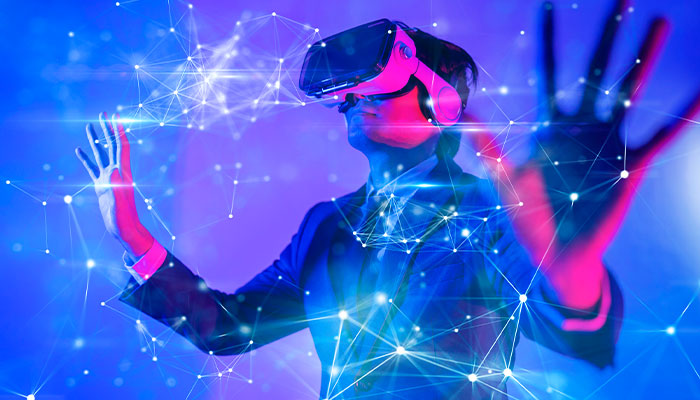
New understandings: Virtual reality is also helping people to gain empathy: with a headset on, you can see the world through others' eyes, across space and time.
Interestingly, after churches went online during lockdowns, many older people decided to stay online when restrictions eased. It might have been hard to connect initially but once there, they felt safer; it was convenient, and they could have their cup of tea while participating.
Many young people, however, couldn’t handle the endless time online even though the perception is that all they want to do is play games 24/7. They were deeply missing that human social interaction.
The metaverse is not without its ethical concerns, such as the risk of losing touch with reality, blurring the lines between what’s real and what’s artificial.
- Time is now: seven avenues for corporate climate activism
- Please explain: What is a booster and why do I need one?
The metaverse should help us connect to other real people and build healthy human relationships, rather than escapism or dependent relationships with virtual humans or avatars who tell us only what we want to hear.
We should go into any technology with our eyes wide open – think ART – accountability, responsibility, transparency. Society needs to decide what are the appropriate uses of it. Consumers should refuse to use it for purposes they don’t agree with, as they do with social media, vaccinations, or food processing.
The metaverse should open possibilities to everyone, not just a handful of people and countries. It should improve human relationships and our quality of life.
Professor Deborah Richards is an artificial intelligence researcher and director of Macquarie University’s Virtual Reality Laboratory in the Department of Computing.


